Plant Lettuce at Home? Absolutely! Imagine stepping outside your back door and harvesting crisp, fresh lettuce for your salad, sandwich, or even a quick snack. No more trips to the grocery store for wilted, overpriced greens! For centuries, growing your own food, including lettuce, has been a cornerstone of self-sufficiency and a connection to nature. From ancient Roman gardens to victory gardens during wartime, cultivating lettuce has always been a way to ensure fresh, healthy produce is readily available.
But let’s be honest, the idea of starting a garden can feel overwhelming. Where do you even begin? That’s where this DIY guide comes in! I’m here to share some simple, effective tricks and hacks that will make planting lettuce at home a breeze, even if you have limited space or zero gardening experience. We’ll cover everything from choosing the right varieties to maximizing your yield, ensuring you have a constant supply of delicious, homegrown lettuce. So, ditch the store-bought stuff and let’s get our hands dirty! You’ll be amazed at how rewarding (and tasty!) it is to grow your own lettuce.
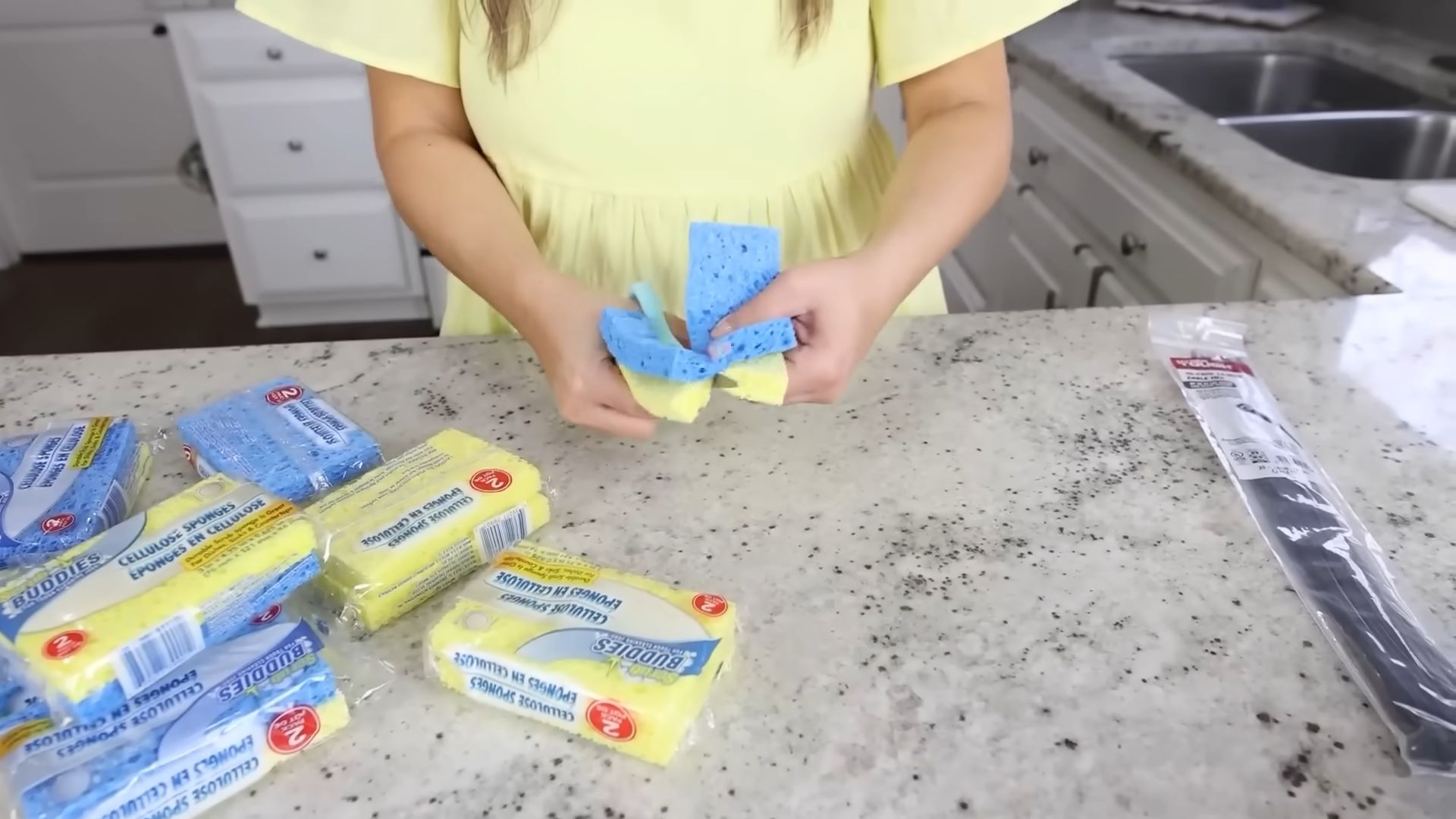
Grow Your Own Lettuce: A Beginner’s Guide to Homegrown Greens
Hey there, fellow gardening enthusiasts! I’m so excited to share my experience and guide you through the wonderful world of growing your own lettuce. Nothing beats the taste of fresh, crisp lettuce picked straight from your garden, and trust me, it’s easier than you think! This guide will walk you through every step, from choosing the right lettuce variety to harvesting your bounty. Let’s get started!
Choosing Your Lettuce Variety
Before we dive into the planting process, let’s talk about lettuce varieties. There’s a whole world of lettuce out there, each with its own unique flavor, texture, and growing requirements. Here’s a quick rundown of some popular types:
* **Loose-leaf Lettuce:** This is the easiest type to grow and harvest. The leaves grow in a loose bunch, and you can harvest them individually as needed. Popular varieties include Black Seeded Simpson, Red Sails, and Oakleaf.
* **Butterhead Lettuce:** Known for its soft, buttery texture and delicate flavor. These form loose heads. Look for varieties like Buttercrunch and Tom Thumb.
* **Romaine Lettuce:** This is the classic lettuce for Caesar salads. It forms tall, upright heads with crisp, sturdy leaves. Popular varieties include Parris Island Cos and Jericho.
* **Crisphead Lettuce:** This is the type you typically find in grocery stores, like iceberg lettuce. It forms tight, dense heads. These are a bit more challenging to grow than other varieties.
I personally love growing loose-leaf lettuce because it’s so easy to harvest and keeps producing for a long time. But feel free to experiment and find your favorite!
Preparing for Planting
Okay, now that you’ve chosen your lettuce variety, let’s get ready for planting. Here’s what you’ll need:
* **Lettuce Seeds:** Choose high-quality seeds from a reputable source.
* **Potting Mix (for starting indoors) or Garden Soil:** Lettuce prefers well-draining soil that’s rich in organic matter.
* **Seed Starting Trays or Small Pots (if starting indoors):** These will give your seedlings a head start.
* **Gardening Gloves:** To keep your hands clean and protected.
* **Watering Can or Hose:** For watering your lettuce plants.
* **Fertilizer (optional):** A balanced fertilizer can help your lettuce plants grow strong and healthy.
* **A sunny spot:** Lettuce needs at least 6 hours of sunlight per day.
Starting Lettuce Seeds Indoors (Optional)
Starting lettuce seeds indoors gives you a head start, especially if you live in a colder climate. Here’s how to do it:
1. **Fill your seed starting trays or small pots with potting mix.** Make sure the potting mix is moist but not soggy.
2. **Sow the lettuce seeds.** Sprinkle a few seeds on top of the potting mix in each cell or pot.
3. **Cover the seeds lightly with potting mix.** Lettuce seeds need light to germinate, so don’t bury them too deep.
4. **Water gently.** Use a spray bottle to mist the soil and avoid disturbing the seeds.
5. **Place the trays or pots in a warm, sunny location.** A south-facing windowsill is ideal.
6. **Keep the soil moist.** Water regularly, but don’t overwater.
7. **Thin the seedlings.** Once the seedlings have a few true leaves, thin them out so that only one strong seedling remains in each cell or pot.
Planting Lettuce Outdoors
If you’re not starting your lettuce seeds indoors, or if your seedlings are ready to be transplanted, here’s how to plant them outdoors:
1. **Choose a sunny location.** Lettuce needs at least 6 hours of sunlight per day.
2. **Prepare the soil.** Loosen the soil with a garden fork or tiller and remove any rocks or debris. Amend the soil with compost or other organic matter to improve drainage and fertility.
3. **Plant the lettuce seeds or seedlings.** If planting seeds, sow them about 1/4 inch deep and 1 inch apart. If transplanting seedlings, space them according to the variety’s recommendations (usually 6-12 inches apart).
4. **Water thoroughly.** Water the soil well after planting to help the seeds or seedlings establish.
5. **Mulch around the plants.** Mulch helps to retain moisture, suppress weeds, and regulate soil temperature.
Caring for Your Lettuce Plants
Once your lettuce plants are in the ground, here’s how to care for them:
1. **Water regularly.** Lettuce needs consistent moisture to thrive. Water deeply whenever the top inch of soil feels dry.
2. **Fertilize (optional).** If you want to give your lettuce plants a boost, you can fertilize them with a balanced fertilizer every few weeks. Follow the instructions on the fertilizer package.
3. **Weed regularly.** Weeds can compete with lettuce plants for nutrients and water. Remove weeds as soon as you see them.
4. **Protect from pests.** Lettuce can be susceptible to pests like aphids, slugs, and snails. Inspect your plants regularly and take action if you see any pests. You can use organic pest control methods like insecticidal soap or diatomaceous earth.
5. **Protect from extreme weather.** Lettuce is a cool-season crop and can be damaged by extreme heat or frost. If the weather is too hot, provide shade for your plants. If frost is expected, cover your plants with a blanket or row cover.
Harvesting Your Lettuce
The best part of growing your own lettuce is, of course, harvesting it! Here’s how to do it:
1. **Harvest loose-leaf lettuce as needed.** Simply snip off the outer leaves with scissors or a knife. The plant will continue to produce new leaves.
2. **Harvest butterhead and romaine lettuce when the heads are firm and well-formed.** Cut the head off at the base of the plant.
3. **Harvest crisphead lettuce when the heads are very firm and dense.** Cut the head off at the base of the plant.
4. **Harvest in the morning.** Lettuce is at its crispest and freshest in the morning.
5. **Wash and store your lettuce.** Wash the lettuce leaves thoroughly and store them in a plastic bag in the refrigerator.
Troubleshooting Common Lettuce Problems
Even with the best care, you might encounter some problems while growing lettuce. Here are some common issues and how to address them:
* **Bolting:** This is when lettuce plants start to produce a flower stalk and the leaves become bitter. It’s usually caused by hot weather. To prevent bolting, plant lettuce in the spring or fall, and provide shade during hot weather.
* **Aphids:** These tiny insects can suck the sap from lettuce leaves, causing them to become distorted and yellow. To control aphids, spray your plants with insecticidal soap or neem oil.
* **Slugs and Snails:** These pests can chew holes in lettuce leaves. To control slugs and snails, use slug bait or handpick them off the plants.
* **Downy Mildew:** This fungal disease can cause yellow spots on lettuce leaves. To prevent downy mildew, plant lettuce in well-draining soil and avoid overhead watering.
Enjoying Your Homegrown Lettuce
Congratulations! You’ve successfully grown your own lettuce. Now it’s time to enjoy the fruits (or rather, vegetables) of your labor. Here are some ideas for using your homegrown lettuce:
* **Salads:** The classic way to enjoy lettuce. Experiment with different dressings and toppings.
* **Sandwiches and Wraps:** Add lettuce to your favorite sandwiches and wraps for a crisp, refreshing crunch.
* **Lettuce Wraps:** Use large lettuce leaves as a healthy alternative to tortillas or bread.
* **Soups and Stews:** Add chopped lettuce to soups and stews for a boost of nutrients and flavor.
* **Juices and Smoothies:** Blend lettuce into your favorite juices and smoothies for a healthy green boost.
I hope this guide has inspired you to grow your own lettuce. It’s a rewarding experience that will provide you with fresh, delicious greens all season long. Happy gardening!
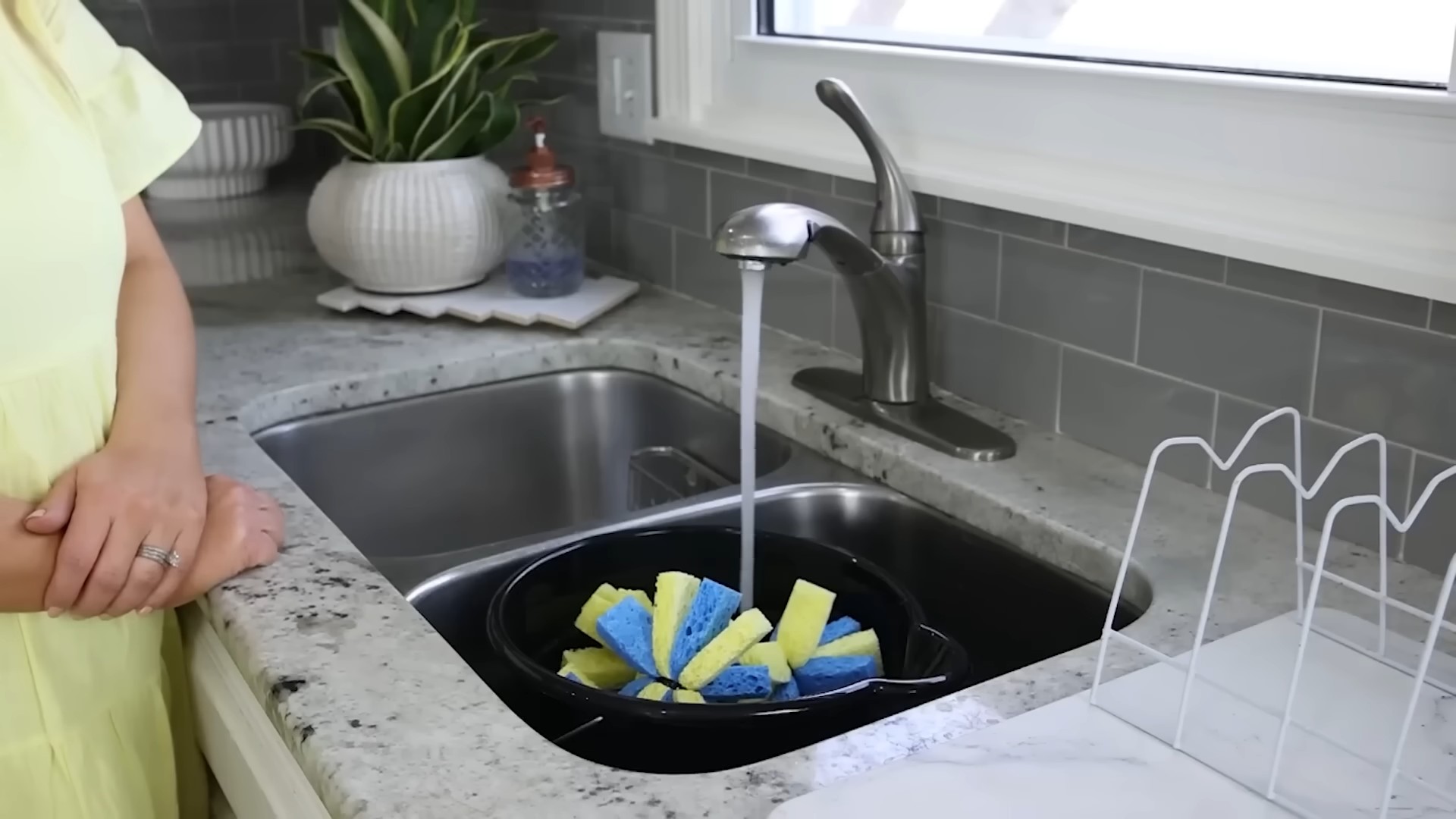
Conclusion
So, there you have it! Planting lettuce at home is not only surprisingly simple, but it’s also incredibly rewarding. Imagine stepping out into your garden or even just onto your balcony and harvesting fresh, crisp lettuce leaves whenever you need them. No more wilted, pre-packaged greens from the grocery store! This DIY trick offers a superior taste, reduces your carbon footprint, and saves you money in the long run.
The beauty of this method lies in its adaptability. Feel free to experiment with different varieties of lettuce. Romaine, butterhead, loose-leaf – the choice is yours! You can also adjust the container size to fit your available space. Even a small pot on a windowsill can yield a surprising amount of fresh greens. Consider companion planting with herbs like basil or chives to deter pests and enhance the flavor of your lettuce.
Why is this a must-try? Because it empowers you to take control of your food source, connect with nature, and enjoy the unparalleled flavor of homegrown produce. It’s a simple, sustainable, and satisfying project that anyone can undertake, regardless of their gardening experience.
We’ve covered the basics, but the real magic happens when you put these instructions into practice. Don’t be afraid to get your hands dirty, experiment with different techniques, and learn from your experiences. Remember, gardening is a journey, not a destination.
We are confident that you’ll find planting lettuce at home to be a delightful and fruitful endeavor. So, grab your seeds, prepare your soil, and get ready to enjoy the freshest lettuce you’ve ever tasted!
We encourage you to try this DIY trick and share your experiences with us. Let us know what varieties of lettuce you planted, what challenges you encountered, and what successes you celebrated. Share your photos and tips in the comments below – we can all learn from each other! Happy gardening!
Frequently Asked Questions (FAQs)
Q: What is the best time of year to plant lettuce at home?
A: Lettuce is a cool-season crop, meaning it thrives in temperatures between 60°F and 70°F (15°C and 21°C). The best time to plant lettuce is in early spring or early fall. In warmer climates, you can plant lettuce throughout the winter. Avoid planting lettuce during the hottest months of summer, as the heat can cause it to bolt (go to seed), resulting in bitter-tasting leaves. If you live in an area with hot summers, consider planting lettuce in a shaded area or using shade cloth to protect it from the intense sun. You can also start seeds indoors a few weeks before the last expected frost in spring or a few weeks before the first expected frost in fall.
Q: What kind of soil is best for planting lettuce?
A: Lettuce prefers well-draining, fertile soil that is rich in organic matter. A slightly acidic soil pH of 6.0 to 7.0 is ideal. Before planting, amend your soil with compost or well-rotted manure to improve its fertility and drainage. If your soil is heavy clay, consider adding sand or perlite to improve drainage. You can also purchase a pre-made potting mix specifically formulated for vegetables. Ensure the soil is loose and free of rocks or debris that could hinder root growth. Good drainage is crucial to prevent root rot, a common problem with lettuce.
Q: How much sunlight does lettuce need?
A: Lettuce needs at least six hours of sunlight per day to thrive. However, in warmer climates, it can benefit from some afternoon shade to prevent bolting. If you are growing lettuce indoors, place it near a sunny window or use grow lights to provide adequate light. Rotate the plants regularly to ensure even growth. Insufficient sunlight can result in leggy, pale lettuce plants. Observe your plants closely and adjust their position as needed to ensure they are receiving enough light.
Q: How often should I water my lettuce?
A: Lettuce needs consistent moisture to thrive. Water your lettuce regularly, especially during hot, dry weather. Aim to keep the soil consistently moist but not waterlogged. Water deeply and less frequently, rather than shallowly and often. This encourages deeper root growth, making the plants more drought-tolerant. Check the soil moisture regularly by sticking your finger into the soil. If the top inch of soil feels dry, it’s time to water. Avoid overhead watering, as this can lead to fungal diseases. Instead, water at the base of the plants.
Q: How do I harvest lettuce?
A: You can harvest lettuce leaves as soon as they are large enough to eat. There are two main ways to harvest lettuce: you can harvest the entire head at once, or you can harvest individual leaves as needed. For loose-leaf lettuce varieties, it’s best to harvest individual leaves. Simply snip off the outer leaves with scissors or a knife, leaving the inner leaves to continue growing. This allows you to harvest lettuce over a longer period. For head lettuce varieties, you can harvest the entire head when it is firm and well-formed. Cut the head off at the base of the plant.
Q: What are some common pests and diseases that affect lettuce?
A: Common pests that affect lettuce include aphids, slugs, snails, and cutworms. Aphids can be controlled with insecticidal soap or by introducing beneficial insects like ladybugs. Slugs and snails can be controlled with beer traps or by handpicking them off the plants. Cutworms can be controlled by placing collars around the base of the plants. Common diseases that affect lettuce include downy mildew, powdery mildew, and root rot. Downy mildew and powdery mildew can be prevented by providing good air circulation and avoiding overhead watering. Root rot can be prevented by ensuring the soil is well-draining. If you notice any signs of pests or diseases, take action immediately to prevent them from spreading.
Q: Can I grow lettuce in containers?
A: Yes, lettuce grows very well in containers. Choose a container that is at least 6 inches deep and has drainage holes. Use a well-draining potting mix and water regularly. Container-grown lettuce may need to be fertilized more frequently than lettuce grown in the ground. Place the container in a sunny location that receives at least six hours of sunlight per day. Container gardening is an excellent option for those with limited space or poor soil conditions.
Q: How do I prevent lettuce from bolting?
A: Bolting is when lettuce plants prematurely go to seed, resulting in bitter-tasting leaves. Bolting is typically caused by hot weather or stress. To prevent bolting, plant lettuce in early spring or early fall, when temperatures are cooler. Provide shade during the hottest part of the day. Water regularly to keep the soil consistently moist. Choose bolt-resistant varieties of lettuce. Harvest lettuce leaves regularly to encourage continued growth and prevent the plant from focusing on seed production.
Q: Can I save lettuce seeds for next year?
A: Yes, you can save lettuce seeds for next year. Allow a few lettuce plants to bolt and go to seed. Once the seed heads are dry and brown, cut them off and place them in a paper bag. Allow the seed heads to dry completely. Then, crush the seed heads to release the seeds. Separate the seeds from the chaff by winnowing or using a fine-mesh sieve. Store the seeds in an airtight container in a cool, dry place. Lettuce seeds can remain viable for several years if stored properly.

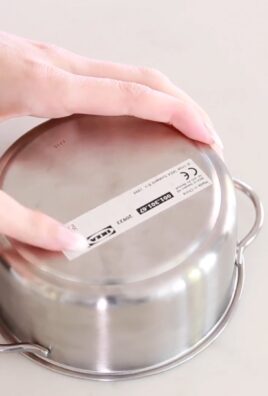
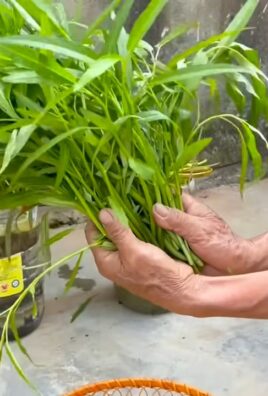
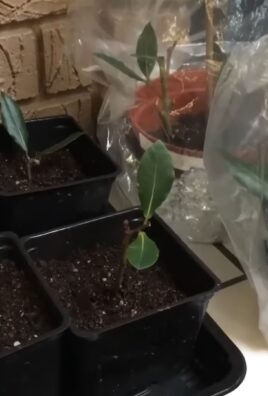
Leave a Comment